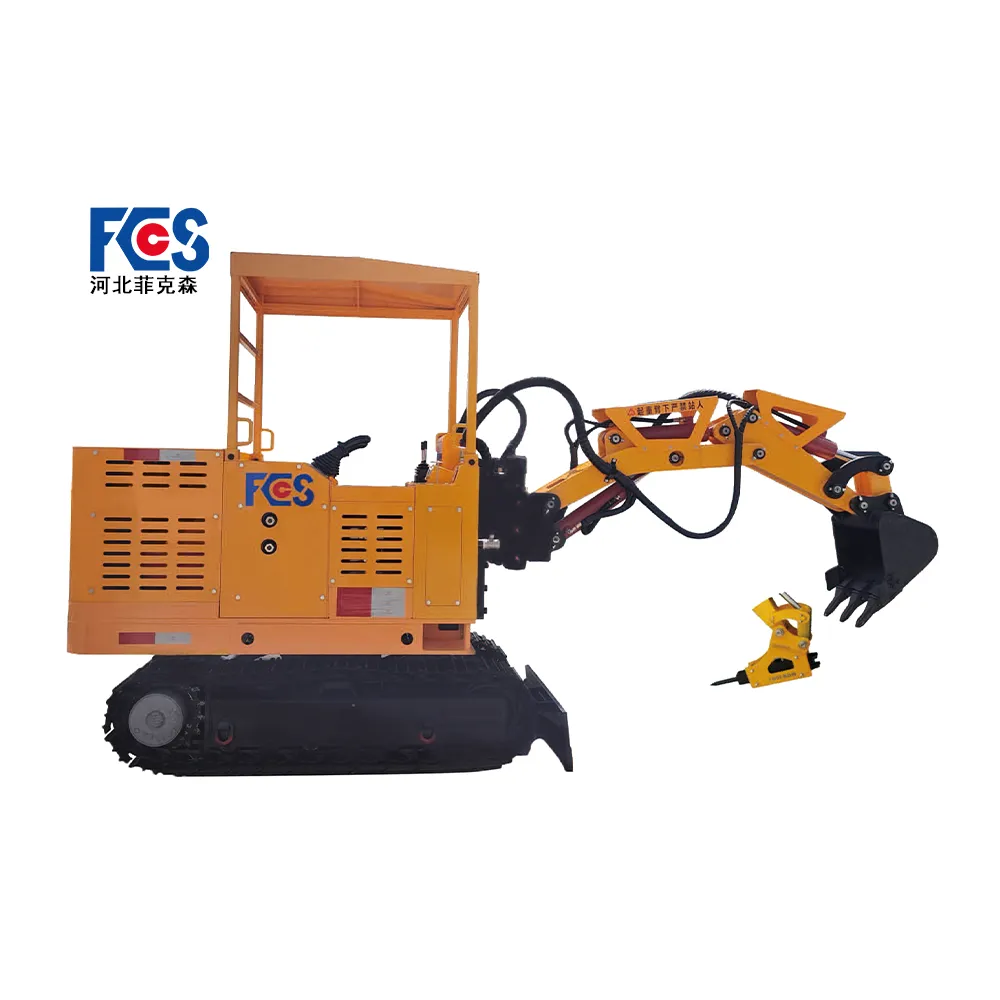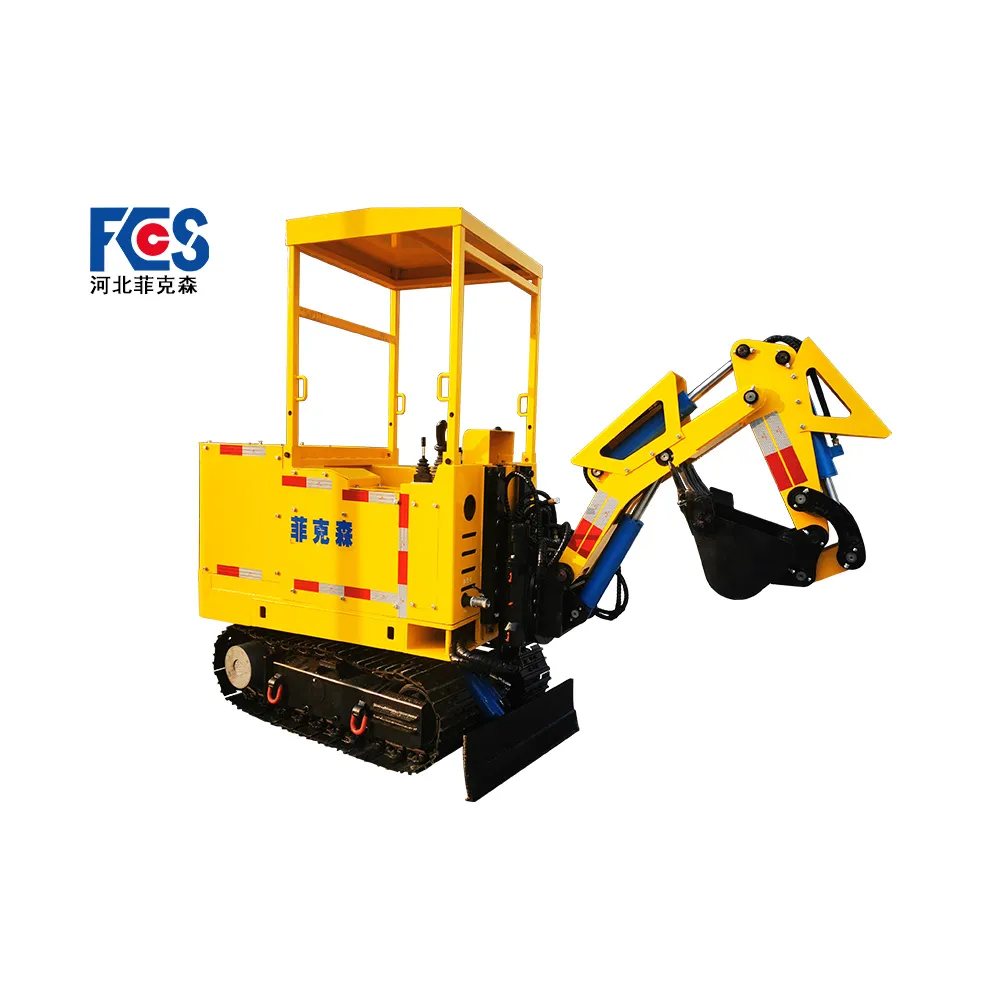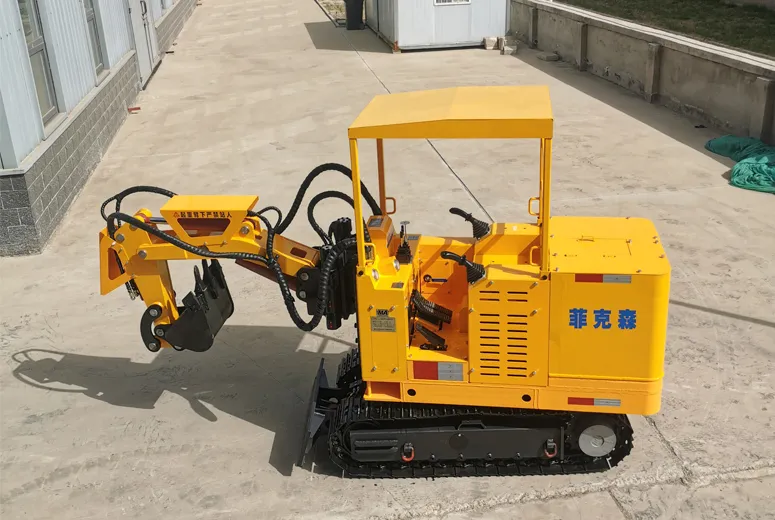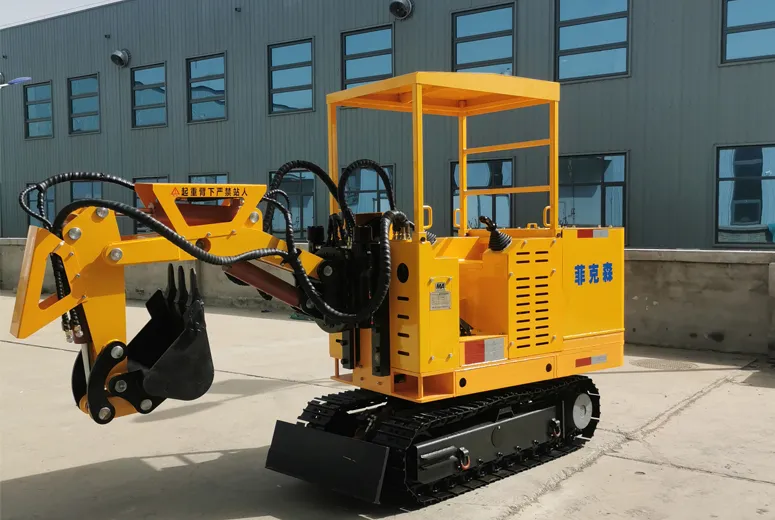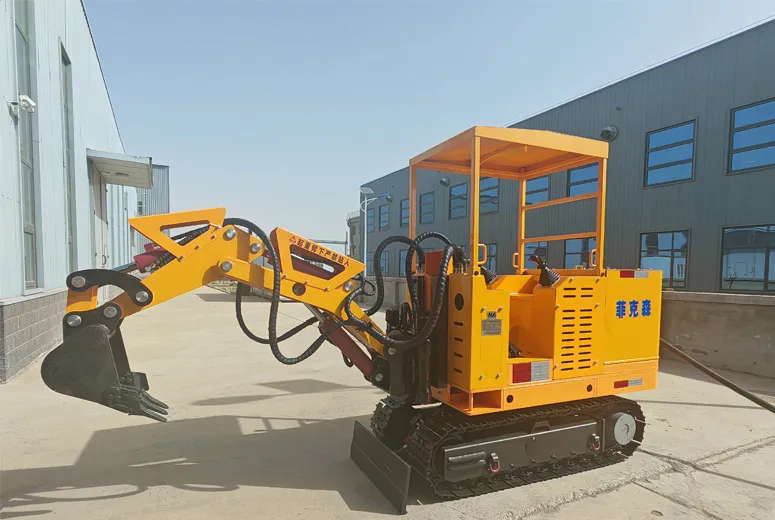- ʻApelika
- Alapania
- Amahapika
- Apapika
- Ameniana
- Azerbaijani
- Pōkē
- ʻŌlelo Belarusa
- Penekali
- Ponia
- Pukalia
- ʻŌlelo Katalonia
- Cebuano
- ʻŌlelo Kokia
- Koalia
- Keka
- Kenemaka
- Hōlani
- Pelekania
- ʻŌlelo Esperanto
- Ekekonia
- Pinilana
- Palani
- Frisian
- Kalikia
- Keokia
- Alemania
- Helene
- Kuhalaki
- ʻŌlelo Haiki
- Hauka
- ʻŌlelo Hawaiʻi
- Hepela
- ʻAʻole
- Miao
- Hunakalia
- ʻĀinahau
- igbo
- ʻInikonia
- Ipelana
- Ikalia
- Kepanī
- Kawanī
- Kanākā
- ʻŌlelo Kazaka
- Khmer
- Rwandan
- Kolea
- ʻŌlelo Kurdish
- ʻŌlelo Kyrgyz
- hana hana
- ʻŌlelo Lākni
- Lakiwiana
- ʻŌlelo Lituania
- ʻŌlelo Lukemapuka
- Makekoni
- Malagasy
- Mālei
- Mālealama
- Malkī
- ʻŌlelo Māori
- Malapi
- ʻŌlelo Monokolia
- Maianamara
- Nepali
- Nolewai
- Nolewai
- ʻOkitana
- ʻŌlelo Pashto
- Pelekia
- Pōlani
- Pukikī
- ʻŌlelo Punajabi
- Lomānia
- Lukia
- Sāmoa
- Gaelika Sekotia
- ʻŌlelo Serbia
- Pelekania
- Shona
- Kiniki
- Sinhala
- Kolowakia
- Kolewenia
- ʻŌlelo Somalia
- Kepania
- Sundana
- Kawahili
- Kuekene
- Kakalo
- Tajika
- Kamili
- Tatar
- Keluku
- Kailani
- Tureke
- ʻŌlelo Kuleke
- Ukrainian
- Urdu
- Uighur
- ʻUzbek
- Vietnamese
- Welsh
- Kokua
- Yiddish
- Yoruba
Nā hiʻohiʻona hana: 1. He māmā ke kaumaha a me ka liʻiliʻi o ka mīkini holoʻokoʻa, kahi kūpono no ka hui ʻana, ka lawe ʻana a me ke kūkulu alanui. 2. He nui ka laulā hana, he kiʻekiʻe ka maikaʻi, a maopopo loa ka maikaʻi o kaʻokiʻana i lalo. 3. ʻO nā ʻāpana nui e like me ka pauma nui, ka pauma hope, ka mīkini huakaʻi, ka pā wai a me nā ʻāpana ʻē aʻe i lawe ʻia mai, me ka hilinaʻi hana kiʻekiʻe a me ka mālama liʻiliʻi. 4. ʻO ka ʻōnaehana hoʻoheheʻe maikaʻi e hōʻoia i kahi kūlana hana maikaʻi a hoʻemi i ka nalowale o nā koho. 5. Chain plate mechanism, hiki ke lawe 'ia ka mea i ka minecart, scraper, belt mechanism more smoothly.
Noi No-Electric Excavators
Kūkulu
Hoʻohana nui ʻia nā excavators non-electric i nā hana kūkulu nui, e like me ke kūkulu hale, nā alanui, nā alahaka, a me nā hale noho. ʻO kā lākou mau ʻenekini ikaika a me nā mea hana kiʻekiʻe e hiki ai iā lākou ke lawelawe i nā hana like ʻole, mai ka ʻeli ʻana i nā kumu a hiki i ka hāpai ʻana i nā ukana kaumaha.
Ka mina
Excavators that don’t rely on electricity are essential in the mining industry, where machinery must be robust and adaptable to rough terrains. These machines are critical for excavation, loading, and transporting materials in open-pit mines, quarries, and mineral extraction sites.
Ka wawahi ana
When it comes to demolition work, non-electric excavators are favored for their strength and ability to handle tough materials, such as concrete and metal structures. They’re indispensable for large-scale demolition projects that require significant force and control.
Nā hana kōkua ulia pōpilikia
In emergency situations such as natural disasters, having equipment that doesn’t depend on electricity is crucial. Non-electric excavators can quickly be deployed in areas where power is down or infrastructure has been destroyed, helping clear debris and assist in rescue efforts.
Hōʻike Huahana




